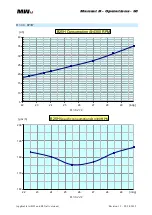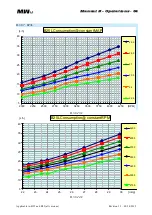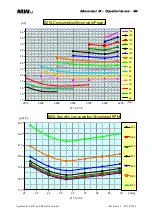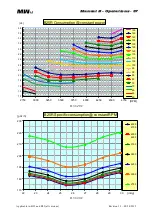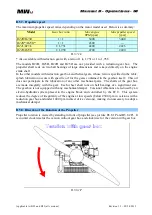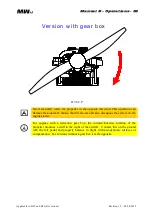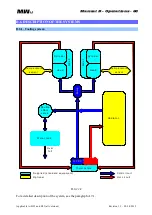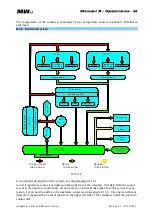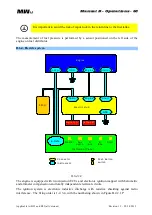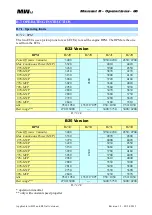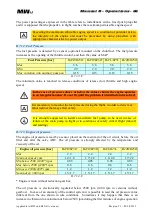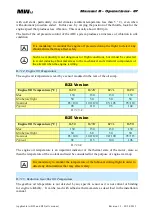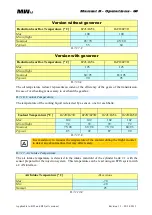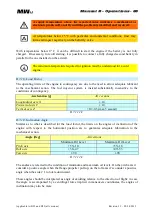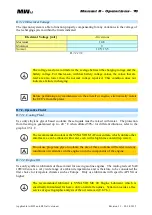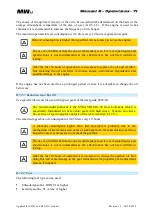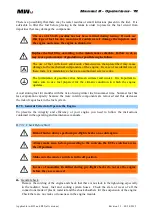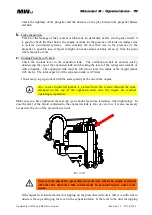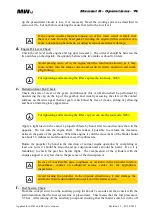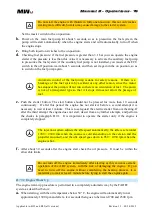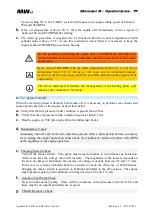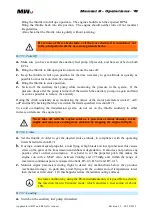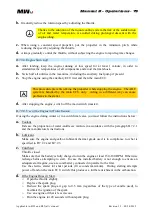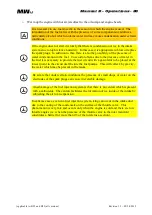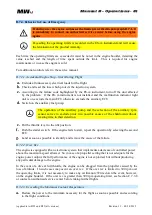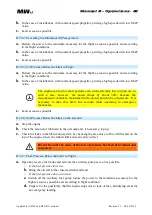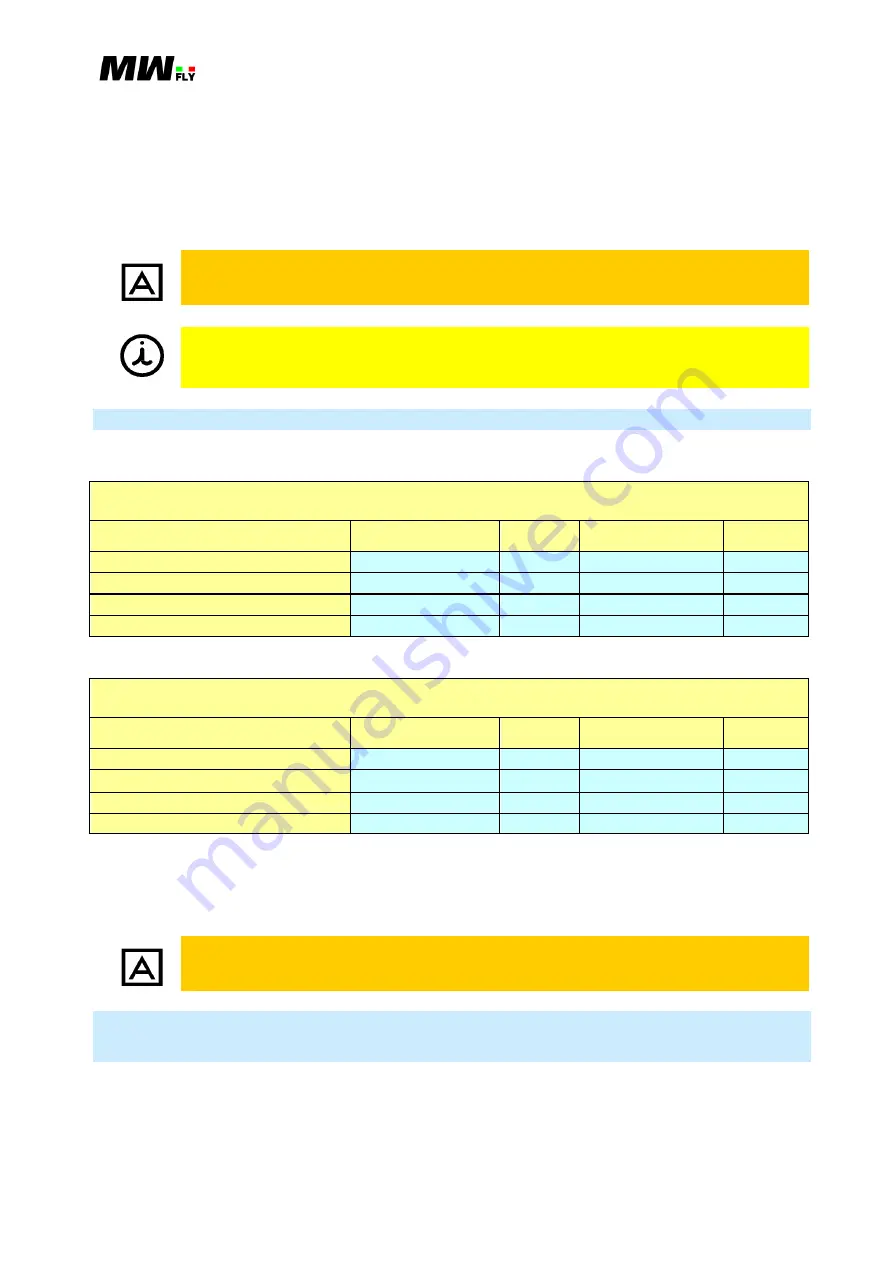
Applicable to: B22 and B25 (a ll versions)
Revision 1.3 – 02/24/ 2015
Manual B – Operations
-
67
with cold starts, particularly in cold climates (ambient temperature less than 5 ° C), even when
with automatic procedure ended. In this case, by varying the position of the throttle, look for the
engine speed that produces less vibration. This is usually about 1800 rpm.
The fault of the oil pressure control of the ADC system produces an increase of vibration in idle
condition.
It is mandatory to monitor the engine oil pressure during the flight to detect any
abnormalities that may affect safety.
Such an eventuality is not dangerous for flight conditions, but it must be corrected
to avoid inducing abnormal stress to the mechanical and structural components of
the aircraft when the engine is idling.
B.7.1.4. Engine Oil Temperature
The engine oil temperature is read by a sensor mounted in the rear of the oil sump.
B22 Version
Engine Oil Te mpe rature [°C]
B
22D
B
22H
B
22L
B
22R
Max
130
130
130
130
Min before flight
50
50
50
50
Nominal
85÷100
100÷120
85÷105
95÷110
Typical
90
110
95
102
B.7.1.5.C
B25 Version
Engine Oil Te mpe rature [°C]
B
25D
B
25H
B
25L
B
25R
Max
130
130
130
130
Min before flight
50
60
50
50
Nominal
85÷100
100÷120
90÷100
95÷115
Typical
92
115
100
106
B.7.1.6.C
The engine oil temperature is an important ind icator of the thermal state of the motor, more so
than the temperature of the coolant and must be considered for the purpose of engine warm up.
It is mandatory to monitor the temperature of the lubricant during flight in order to
detect any abnormalities that may affect safety.
B.7.1.5. Reduction Gear Box Oil Temperature
The gearbox oil temperature is not detected by any specific sensor as it is not critical or binding
for engine reliability. It can be read with adhesive thermometers as described in the installation
manual.

